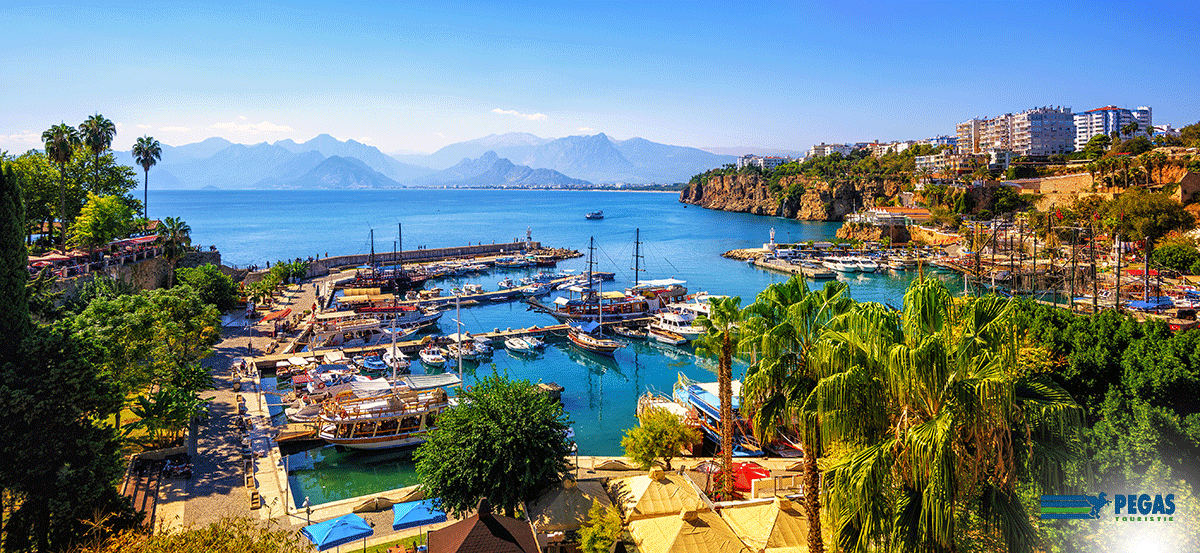History & Info
Forming part of the Fertile Crescent of the Arabian Peninsula, Jordan’s location has played a key role in shaping the destination’s rich history. Once on the receiving end of invasions and conquests from all directions, today the country’s history can be divided into eras according to the ruling empires and dynasties.
Jordan’s biblical past, makes the destination an integral part of what is still referred to as the Holy Land for the Abrahamic religions. The country is home to the baptism site of Jesus Christ and the burial site of the Prophet Moses at Mount Nebo, both of which are popular tourism sites today.
The country’s position on the trade route connecting the Far East to Europe has also impacted its history. This pre-Islamic era between the 1st and the 5th century, saw settlements form in the arid desert areas of the South. During this time there was a strong Roman Byzantine presence in the region and evidence of their temples, theatres, baths and cities can be seen in the ancient city of Jerash or Amman.
The era of the caliphates began after the rise of Islam in the 5th century, followed by the Christian crusades which resulted in the building of the crusader castles in Ajlun, Karak and Shoback. The end of the crusades did not spell the end of war in Jordan, as the Mongols, Mamluks, and Ottomans all showed an interest in the land, leaving the evidence of their rule on the art and architecture.
Jordan finally gained independence in the great Arab revolt during WWI of 1946 which was led by the great grandfather of the current HRH King Abdullah II of Jordan.

